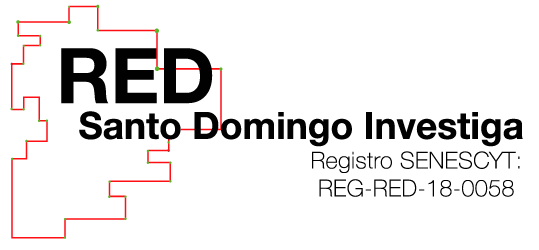Aditivos naturales en parámetros de producción y calidad de huevos de codorniz (Coturnix japónica).
Natural additives in production parameters and quality of quail eggs (Coturnix japónica).
Holger Froilan Chica Solórzano
Esta dirección de correo electrónico está protegida contra spambots. Necesita activar JavaScript para visualizarla.
Instituto Superior Tecnológico Calazacón
Diana Alexandra Alava Cruz
Esta dirección de correo electrónico está protegida contra spambots. Necesita activar JavaScript para visualizarla.
Universidad Laica Eloy Alfaro de Manabí
Edison Javier Salcán Sánchez
Esta dirección de correo electrónico está protegida contra spambots. Necesita activar JavaScript para visualizarla.
Universidad Laica Eloy Alfaro de Manabí
RESUMEN
El presente trabajo de investigación se llevó a cabo en la Granja Experimental Río Suma perteneciente a la Universidad Eloy Alfaro de Manabí extensión en El Carmen, con el objetivo de determinar el efecto de aditivos naturales en parámetros de producción y de calidad de huevos de codorniz (Coturnix japónica). Para las variables productivas (peso del huevo, peso de la cáscara y producción), se empleó un Diseño de Bloques Completos al Azar con tres tratamientos: T1= Testigo, T2 = Orégano y T3 = Albahaca. Para las variables organolépticas se realizó un muestreo tipo Cluster. Los resultados fueron los siguientes: El tratamiento con adición de orégano fue el que tuvo mayor peso de huevo (15,36 g) y producción (123,14 huevos); de igual manera pasó para las variables: color, textura, sabor y jugosidad de la carne con las mayores frecuencias relativas en la categoría de “me gusta mucho” con más del 40%.
PALABRAS CLAVES: Orégano, Albahaca, Características organolépticas.
SUMMARY
This research work was carried out at the Río Suma Experimental Farm belonging to the Eloy Alfaro de Manabí University extension in El Carmen, with the objective of determining the effect of natural additives on production and quality parameters of quail eggs (Coturnix japónica). For the productive variables (egg weight, shell weight and production), a Randomized Complete Blocks Design was used with three treatments: T1 = Witness, T2 = Oregano and T3 = Basil. For the organoleptic variables, a Cluster sampling was performed. The results were as follows: The treatment with oregano addition was the one with the highest egg weight (15.36 g) and production (123.14 eggs);
In the same way it happened for the variables: color, texture, flavor and juiciness of the meat with the highest relative frequencies in the category of “I like it a lot” with more than 40%.
KEY WORDS: Oregano, Basil, Organoleptic characteristics.

















